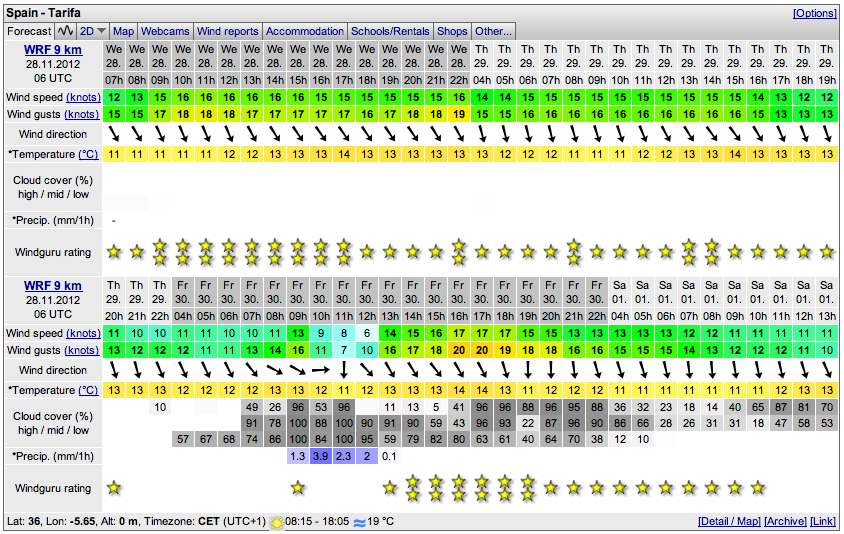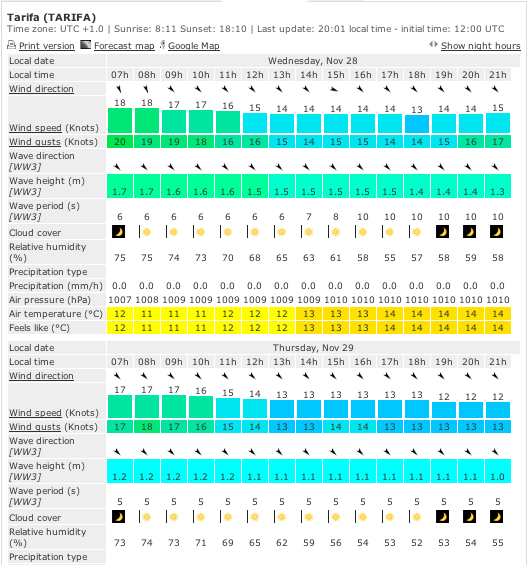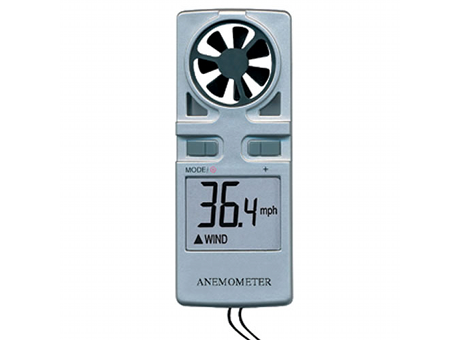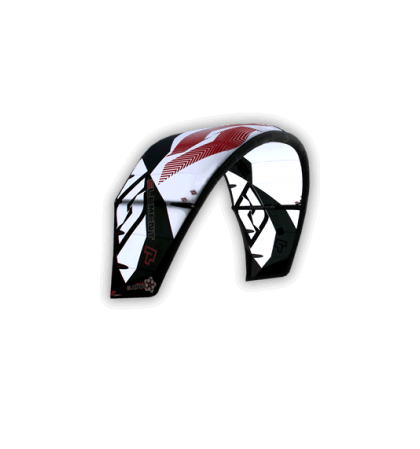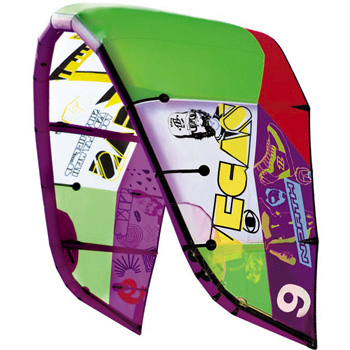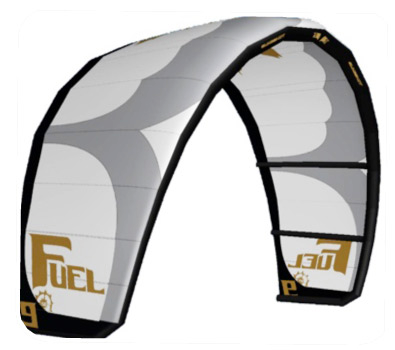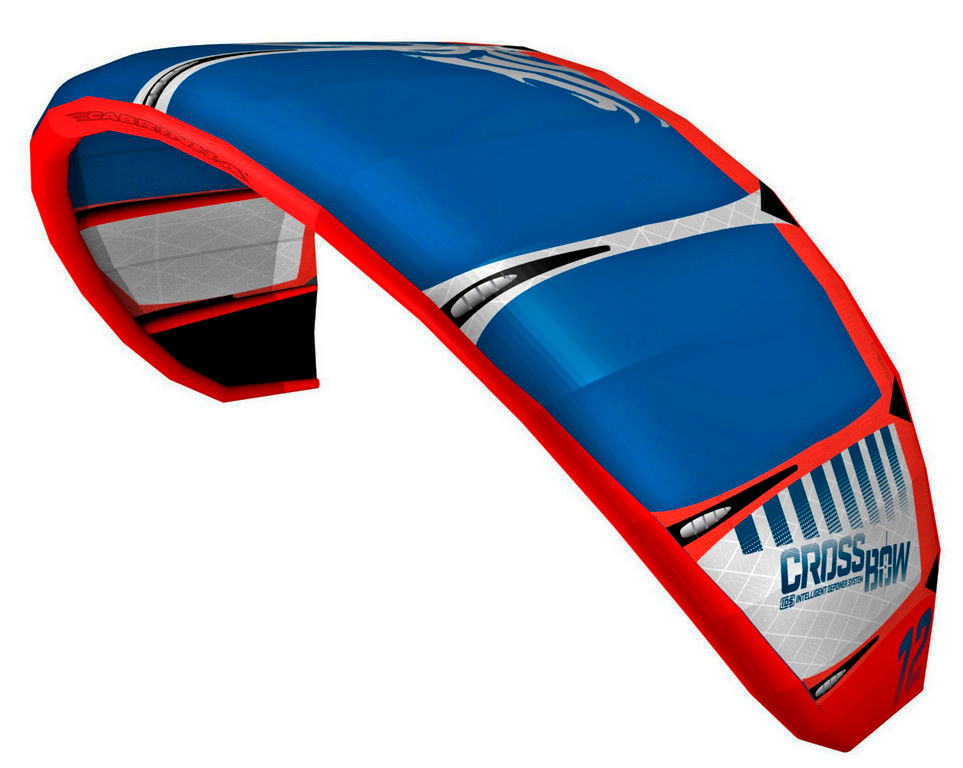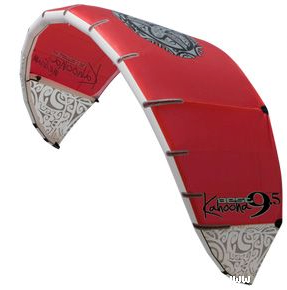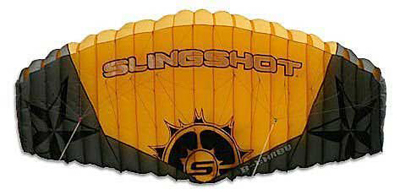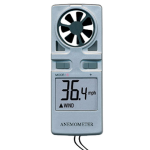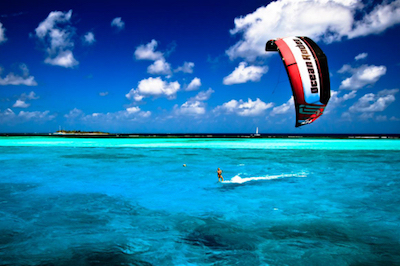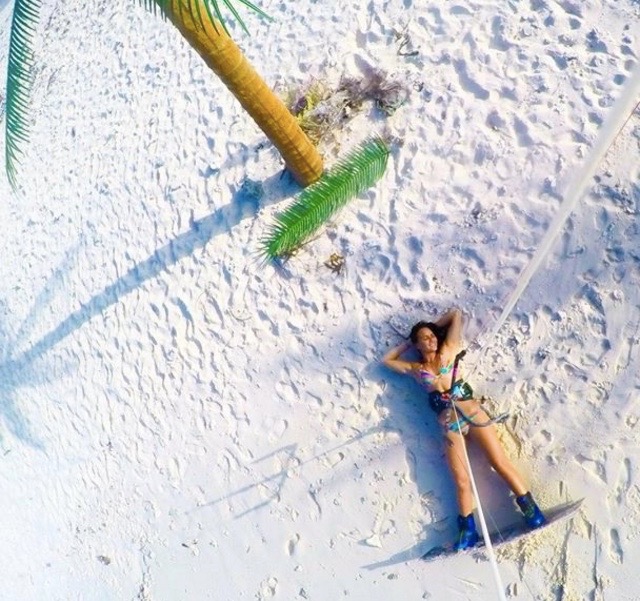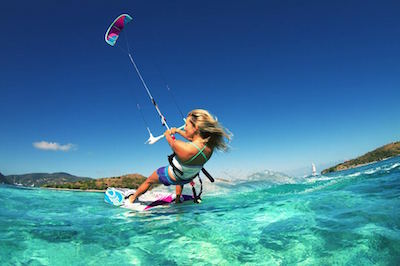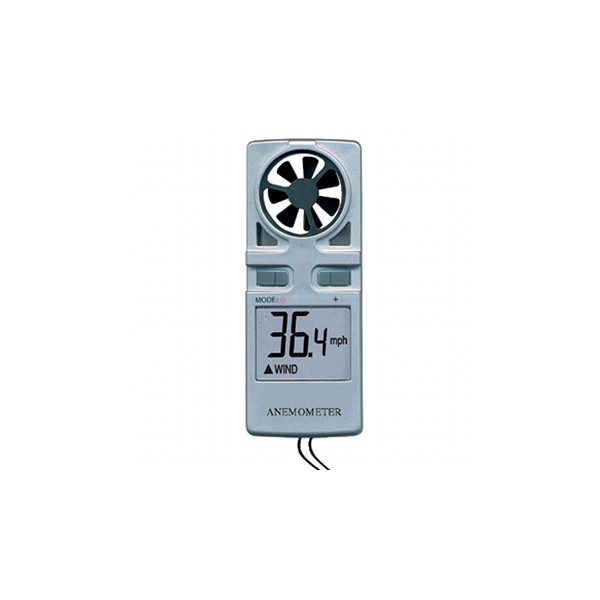
How To Predict The Wind
In any wind sport you need to know not only what the wind is doing but what it is going to do, if you are to make the most of your time and be safe whilst you are practicing. The weather can change in a matter of seconds and it’s not unusual for the wind to ratchet up by a considerable amount, literally in the blink of an eye.
Be prepared, check the wind forecast every time before you go out and you’ll have a bit more knowledge about what the weather could be throwing your way.
Where To Check The Wind Forecast
At this point I’m not going to go into too much detail about interpreting actual weather maps and synoptic charts. Predicting the wind is certainly possible from these maps and will often give you a much bigger picture of what’s going on in the surrounding area. Synoptic charts do however, take a bit of skill to interpret correctly.
There are currently several websites that take this data and turn it into a format which is easy to read and very useful for us as kitesurfers. These websites are typically easier to interpret and while not incredibly accurate on a micro level can, when combined with a bit of local knowledge, give you a good idea of what’s likely to happen for the next few days.
The 2 main websites we’re going to look at for wind forecast information are windguru.cz and windfinder.com as these provide (more or less) global coverage and can be updated with custom spots if needed.
Windguru
Here’s a screen shot from windguru showing a week in Tarifa.
As you can see its pretty self explanatory. The wind forecast is given in the 3 rows marked, wind speed, gust speed and modified wind speed.
One thing to notice is the modified wind speed row.
Not all forecast locations have this row. These modified wind speeds are often created by the users and will be present in any location where the predicted wind speed as given by windguru is consistently incorrect due to local effects.
Another thing to notice here is the gust speed. If the gust speed is significantly more than the wind speed this can lead to dangerous conditions where the kite is bucking all over the place and can lead to you being thrown all over the place like a rag doll.
On the windguru website, there are several other forecasts under this initial forecast (not shown here), all these forecasts simply use different models or different range forecasts and will often be subtly different from each other. See that WRF 9km in the top left hand corner of the forecast page? The WRF is simply the model being used and the 9km tells us that this forecast covers a 9km grid around the area of Tarifa…yes thats right, so what we’re essentially being told is that the weather is doing this somewhere within 9km of Tarifa…so you can already start to see the limitations of these services.
You’ll need to look at and then combine in subtle ways all the different models and ranges (as well as adding in a large dollop of local knowledge and no small amount of divine inspiration) to build up a big picture and have any chance at working what the wind is actually going to be doing on any given day.
To reach the forecast page for any particular spot simply choose your continent, country and spot from windguru’s home page. If you don’t see your local spot listed, get in touch with the guys at windguru and they’ll be only too happy to add it for you.
A word to the wise, windguru offers a paid service which is a lot more accurate than their bog standard forecast…but I’m not convinced that their paid service doesn’t just give you the same information that you can find on most other websites for free.
Windfinder
Screen shot of the same week shown in windfinder.
You can see that Windfinder offers pretty much the same information but in a slightly different format. The choice between the two sites is mainly one of aesthetics. Some people find windguru easier to understand and others prefer windfinder. In terms of which is more accurate it seems that it varies day by day and spot by spot, bear in mind that both of these sites use the same data but simply interpret it slightly differently. My advise would be to try both and use all the data you can until you start to see patterns building for your local spot.
Once you’re happy with interpreting the data and applying you’re own knowledge of the weather at your local spot you’re ready to become a true wind spotter and start boring everyone around you with your constant harping on about the wind and what it’s going to do…remember non kitesurfers generally don’t care if its going to be a force 3 or 5 today!!
Note: both these sites now have apps for iPhone and Android so you can have this handy information with you where ever you go.
The other website we LOVE and I have to say is quickly becoming my no. 1 favourite (mainly because it looks amazing) is windyty.com, check it out, you’ll love it! The reason we haven’t talked about it here is because it’s so damn easy to use…have a look you’ll see!
What is Wind?
Before we actually fly a kite we need to have some idea of the wind speed. This will (hopefully) prevent you from hoisting the kite in an unfeasibly strong wind and suffering the inevitable consequences! So what is wind? Simply put wind is the horizontal (usually) movement of air. Measuring wind speed is problematic at best as wind is not a constant force but will change speed and direction regularly. These changes in speed and direction are referred to as:
- Gusts – when the wind increases in strength.
- Lulls – when the wind decreases in strength.
These changes in wind strength or speed are often accompanied by a change in direction. Wind speed is officially given as a measurement of wind speed and gust speed. Wind speed is measured as the average wind speed over a 2 minute period. While the gust speed is the strongest measurement taken in the last 10 minutes.
The Anemometer
The most accurate way we can measure wind speed at the beach is with an anemometer (or ‘wind meter’ for the tongue tied, or ‘little windmill’ or even more regularly… ‘thingy’!). This handheld device when held aloft and facing the wind will give an accurate measurement of the wind. Most anemometers these days will record average wind speed and display the strongest gust.
To use your anemometer simply turn it on and hold it up above your head making sure the cups are able to catch the wind, the longer you can leave it above your head the more accurate reading you should have, about 2 mins should be fine (feel the blood draining from your arm?). Then check off the readings and your good to go…or not as the case may be.
Some points to bear in mind, the anemometer gives you a wind reading at the height you are at…most often beach level. Your kite can be up to 25 m above this (depending on line length) where the wind could be a little stronger. This is especially true if there are obstacles in front of you (see the chapter on the effect of obstacles on wind speed for a full description).
An anemometer cannot measure wind density which will change dependent on how much moisture is in the air and the heat of the air. The denser the air the more powerful it will be.
Sometimes wind can come and go, one minute feeling strong and the next dying almost to nothing. If you feel this is the case on any particular day you can repeat this exercise at 5 minute intervals to see how the wind is behaving over a longer period of time.
You will often hear kite surfers and other wind sport enthusiasts referring to wind not by kph or knots but in terms of a number between 1 and 12. For example, “its blowing a 3 today.” This is not some obscure code but is what is referred to as the Beaufort scale. So named as it was created in 1806 by Sir Francis Beaufort, before we had fancy devices for measuring wind. Our man Francis decided to create a scale of wind strength based on visual signals, so anyone upon arriving on the beach will have some idea what the wind strength is simply by looking for visual clues, without the need for an anemometer.
| Beaufort Number |
Wind Speed (mph) |
Seamans Terms |
Effects on Land |
|---|---|---|---|
| 0 | under 1 | Calm | Calm, Smoke rises vertically |
| 1 | 1-3 | Light Air | Smoke drift indicates wind direction, vanes do not move |
| 2 | 4-7 | Light Breeze | Wind felt on face, leaves rustle, vanes begin to move |
| 3 | 8-12 | Gentle Breeze | Leaves & small twigs in constant motion, light flags extended |
| 4 | 13-18 | Moderate Breeze | Dust, leaves and loose paper raised up, small branches move |
| 5 | 19-24 | Fresh Breeze | Small trees begin to sway |
| 6 | 25-31 | Strong Breeze | Large branches of trees in motion, whistling heard in wires |
| 7 | 32-38 | Moderate Gale | Whole trees in motion, resistance felt when walking against the wind |
| 8 | 39-46 | Fresh Gale | Twigs and small branches broken off trees |
| 9 | 47-54 | Strong Gale | Slight structural damage occurs, slate blown from roofs |
| 10 | 55-63 | Whole Gale | Seldom experienced on land, usually with widespread destruction |
| 11 | 64-72 | Storm | Very rarely experienced on land, usually with widespread destruction |
| 12 | 73+ | Hurricane | Violence and Destruction! |
Top Tips When Using The Beaufort scale
- Wind will feel and look stronger when it is blowing onshore
- Wind will feel and look lighter when it is blowing offshore
Advantages Of Using An Anemometer
The great thing about using an anemometer when you’re just starting out is that you can get an idea of what the real wind speed is and compare it to visual signals so that after a while you can simply rock up at any given location and say with a great degree of accuracy what the wind is doing and which kite you’ll need.
However try not to get dependent on it, technology fails…especially when exposed consistently to salt and sand. You need to become confident at predicting which kite to use simply by feeling the wind on your face.
The wind speeds you should attempt to fly your kite in will vary depending upon which kite you have and how much you weigh, you should have detailed instructions and safe wind ranges with your kite. However, as a general rule of thumb anything over a Force 5 (between 19 and 24 knots on your anemometer) should be treated as too much until your confident, even less (avoid anything over a force 3) when you are just starting out.
If you own an iPhone or Android Phone there are now several handy apps which turn your phone into an anemometer. By measuring the wind blowing into the phones microphone these apps give a reading of what the winds doing. Not always entirely accurate we have to say but they’re worth a try as most of them are free and it’s a cute way to impress your friends. More interestingly there is now a plug in anemometer available for smart phones which (although we haven’t yet tested it ourselves) is getting some very good feedback across the web. Have a look at the WeatherFlow website for more info.
